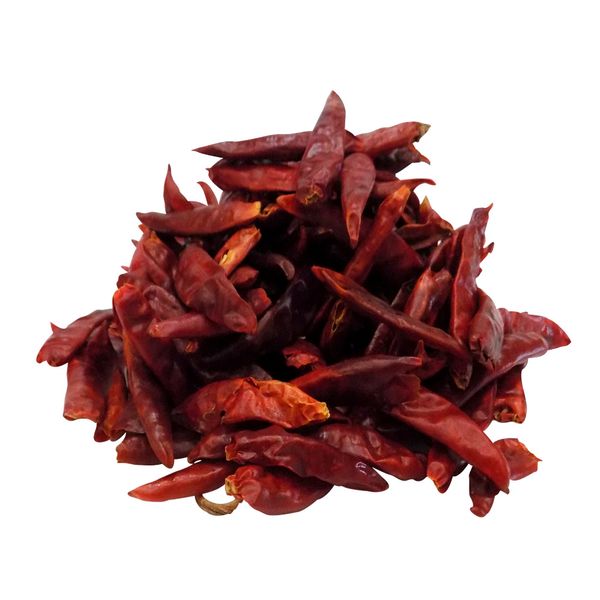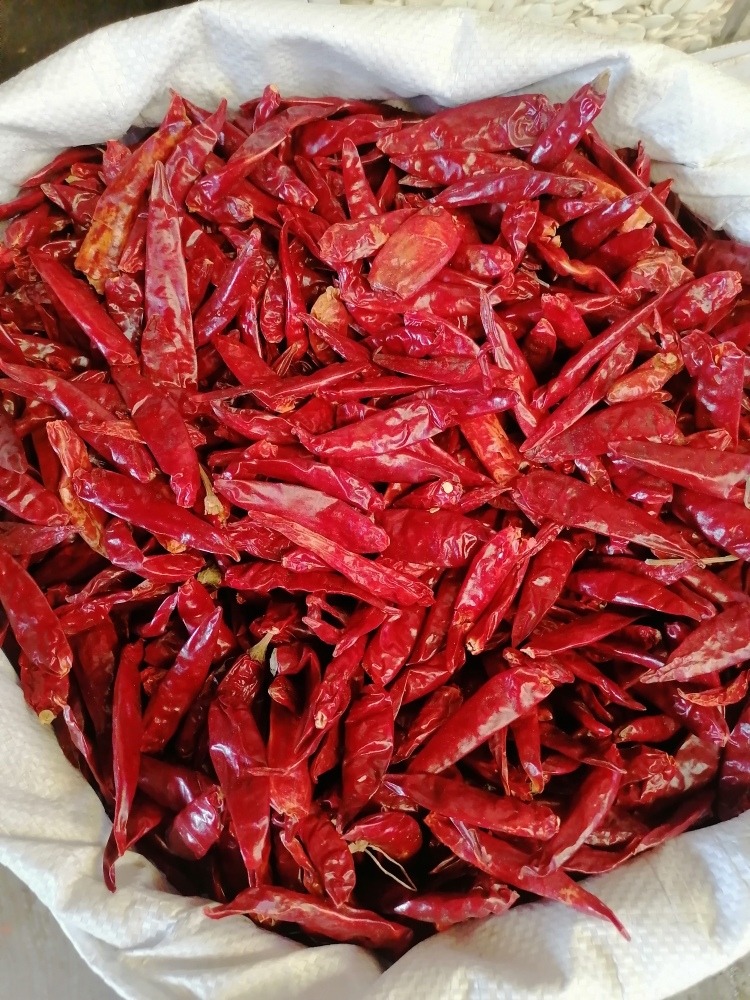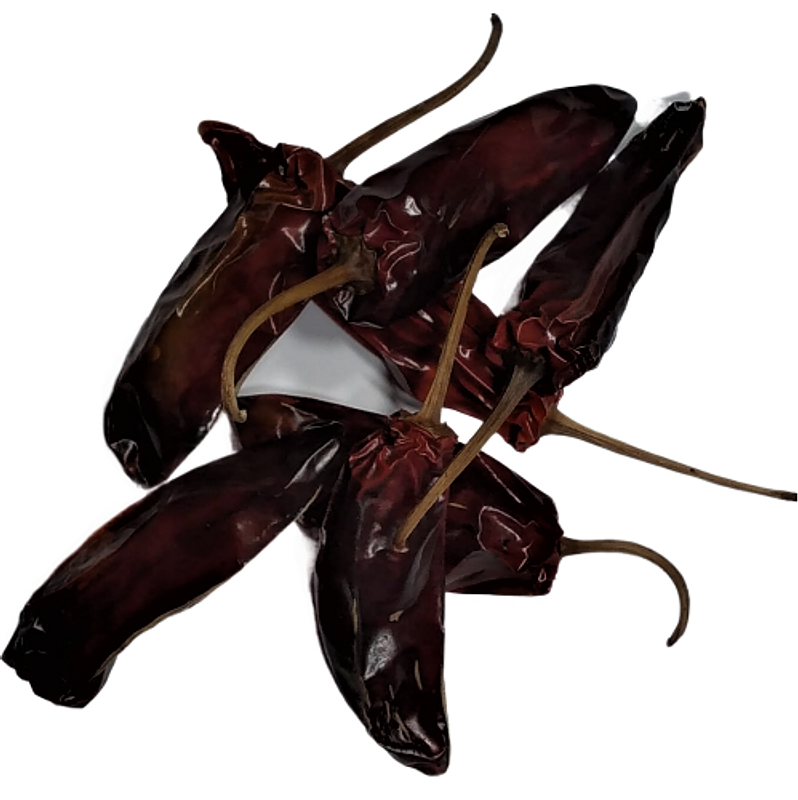Serrano Chile Secrets: Dried, Spicy & Mexican Cooking!
Are you ready to embark on a culinary journey through the vibrant world of Mexican cuisine? Prepare to be amazed by the diverse array of dried chilies that infuse each dish with its distinctive character and fiery personality.
Mexican cooking is a symphony of flavors, and at the heart of this culinary orchestra lie the dried chilies. From the smoky depth of the guajillo to the earthy richness of the ancho, these chilies are the unsung heroes that elevate a simple meal into a true gastronomic experience. They are not just ingredients; they are the embodiment of tradition, flavor, and cultural heritage.
Many essential Mexican dishes utilize dried chilies, and the knowledge of these is a basic need when you want to make authentic Mexican cuisine. However, the world of Mexican chilies extends far beyond the common. It is a rich tapestry of flavors, heat levels, and unique characteristics.
| Attribute | Details |
|---|---|
| Common Name | Serrano Chili (Dried) |
| Alternate Names | Chile de rbol, Pico de Pjaro, Chile Seco |
| Scientific Name | Capsicum annuum |
| Origin | Mexico (Specifically Puebla and Hidalgo) |
| Appearance | When dried, typically red in color. Smaller than the fresh version, usually 1-2 inches long. |
| Flavor Profile | When dried, can have a fruity, slightly sweet, and often hotter flavor profile. |
| Heat Level (Scoville Heat Units) | Approximately 10,000 to 25,000 SHU. |
| Culinary Uses | Essential for salsas, adobos, and guisos. Used whole or ground. Excellent for adding a spicy kick to dishes like birria. |
| Variations | Often sold in various dried forms. Dried Serrano can be used in sauces, stews, and other dishes. |
| Preparation | Can be rehydrated by soaking in hot water before use. Toasted or ground into powder. |
| Storage | Store dried chilies in an airtight container in a cool, dark, and dry place. |
| Cultivation | Grown in mountainous regions of Mexico, including states like Puebla, Hidalgo, and others. |
| Regional Names (Fresh) | Can be known as chile altamira, chile pnuco, chile cotlaxtla, or chile costeo depending on the region. |
| Benefits | Contains antioxidants. Offers potential health benefits. |
The serrano chili, a staple in the world of Mexican cuisine, undergoes a fascinating transformation when dried. While the fresh serrano, with its bright green hue and moderate heat, is a familiar sight, the dried version often called "pico de pjaro" or simply "chile seco" presents a different profile. The drying process not only alters the color, transforming the pepper to a deep red, but also concentrates its flavors and intensifies its heat. It is like the transformation of a caterpillar into a butterfly: both beautiful, but vastly different.
In the vibrant culinary landscape of Mexico and Latin America, the variety of dried chilies is vast and varied. Each dried chili brings its own unique contribution. The chile guajillo, for instance, lends a deep red hue and a subtle sweetness to dishes. It is an essential ingredient in dishes like chicken tinga, pozole, and mixiotes. The chile ancho, known for its rich, fruity notes, is a popular choice for moles and salsas. Then there is the chile de rbol, which, when dried, offers a fiery kick, often used in salsas and stews. Its a small but mighty chili.
The "pico de pjaro," or the dried serrano, is distinct from its fresh counterpart in terms of color, shape, and texture. It's a crucial element in the creation of flavorful salsas, rich adobos, and hearty guisos. This dried chili holds a place among the nine dried chili varieties that are widely consumed in Mexico, a testament to its important role in the nation's cuisine. The serrano, whether fresh or dried, is a cornerstone of the flavor profile that makes Mexican food so beloved worldwide.
The use of dried chilies in Mexican cuisine goes beyond merely adding heat; it is about imparting depth of flavor and creating a unique character in each dish. These chilies can be used whole, providing a slow-release of heat, or crushed to unleash their full intensity. They are the culinary equivalent of a carefully chosen spice blend, able to elevate a dish from good to unforgettable.
The process of transforming a fresh serrano chili into a dried one is a simple yet effective technique. The chilies are either sun-dried or placed in a dehydrator until they reach the desired level of dryness. Once dried, they can be used whole, providing a complex background heat, or ground into a powder for a concentrated flavor burst. Rehydration is also an option: soaking the dried chilies in warm water brings them back to life, ready to be used in salsas or other preparations.
The serrano chili's versatility shines through in various applications. It can be added to the caldo de birria, the flavorful broth of a slow-cooked meat stew, or ground and incorporated into salsas and adobos. Even in its dried form, it maintains the freshness and vibrance of its original flavor profile, ensuring that each bite is a memorable experience.
When it comes to the heat factor, the dried serrano chili ranks between 10,000 and 25,000 on the Scoville scale. For comparison, the jalapeo chili registers between 3,500 and 8,000 Scoville heat units. This means the dried serrano offers a significantly more potent spicy sensation.
The origin of the serrano chili can be traced back to the mountainous regions of Puebla and Hidalgo in Mexico. Its cultivation has extended to other states, including Nayarit, San Luis Potos, Sinaloa, and Zacatecas, establishing its place as a fundamental part of Mexican culture. From a small green pepper in the mountains, to a dried red spark of flavor that is used across Mexico.
The uses for dried chilies in the kitchen are limited only by one's imagination. These chilies can be the star of the show or contribute to the back notes of a dish. They can be blended into spicy salsas, incorporated into complex mole sauces, or added to stews and braises for a layer of smoky heat.
The dried serrano chili is not just an ingredient; it's a taste of history, tradition, and culture. It is a fundamental component of the Mexican kitchen, ready to transform any meal into an exploration of flavors and sensations. So, the next time you're planning a culinary adventure, consider the dried serrano. It might just be the secret ingredient you are looking for.
When a fresh jalapeo is dried, it becomes a chipotle pepper. When a serrano pepper is dried, it's simply known as a dried serrano or "pico de pjaro." The heat level varies based on the specific pepper, but it typically falls between 10,000 to 25,000 Scoville heat units. For a comparison, the more familiar jalapeo measures between 3,500 and 8,000 SHU. This makes the serrano a much hotter option, offering a bolder kick to any dish.
The dried serrano chili is an important part of Mexican and Latin American cuisines. It's derived from the fresh serrano, famous for its spicy kick and vibrant flavor. The drying process removes water, concentrating the flavors and heat, making it a perfect addition for those looking to add a bold touch of spice to their meals.
The versatility of the dried serrano is truly remarkable. You can use it whole for a more subtle heat, or grind it to add a powerful punch of flavor. It's an excellent choice for salsas, adobos, and guisos, adding an authentic touch to every dish. The dried serrano chili brings the spirit of Mexico to your kitchen, inspiring you to explore the exciting and tasty flavors that it offers.
From the mountains of Puebla and Hidalgo, the serrano chili comes. The serrano's name changes with maturity; a green pepper becomes a dried pepper. The serrano is 10 times hotter than the poblano, adding a kick to any dish.
The serrano is not just a pepper; it is a piece of culinary art, a symbol of flavor, and a tribute to Mexican culture. As you explore the wide world of Mexican cuisine, remember to embrace the intensity and the rich flavor of the dried serrano. You will find new ways to elevate the flavors of your food.
For those looking to purchase dried serrano chilies, they are available in various forms. The product images are for reference only. The appearance of the label, the weight, and other specifications are subject to change. The serrano chili is also a versatile ingredient, found in sauces and canned products. This includes serrano chilies in escabeche (pickled), encurtidos (pickles), and en rajas (sliced).
The dried serrano pepper is not only a flavor enhancer, but it is also an essential part of the cultural identity. It is a culinary expression and a representation of history, tradition, and flavor. In every dish, the serrano chili offers a glimpse into the heart and soul of Mexican food.
The dried serrano chili is available in different forms. Whether whole or ground, it brings a spicy, fresh, and vibrant flavor to the birria, even though it is less common. It can also be a part of any culinary creation. It is a key ingredient in the kitchen.
You can experiment with the fresh and dried serrano chili in your kitchen. You will experience the amazing world of Mexican cuisine. The dried serrano is the star of any meal.
In a world filled with culinary possibilities, the dried serrano pepper stands as a symbol of the rich traditions. It's a reminder that even the simplest ingredients, when treated with care, can be transformed into something extraordinary. So, embrace the heat, celebrate the flavor, and let the dried serrano chili guide you on your own culinary journey.


